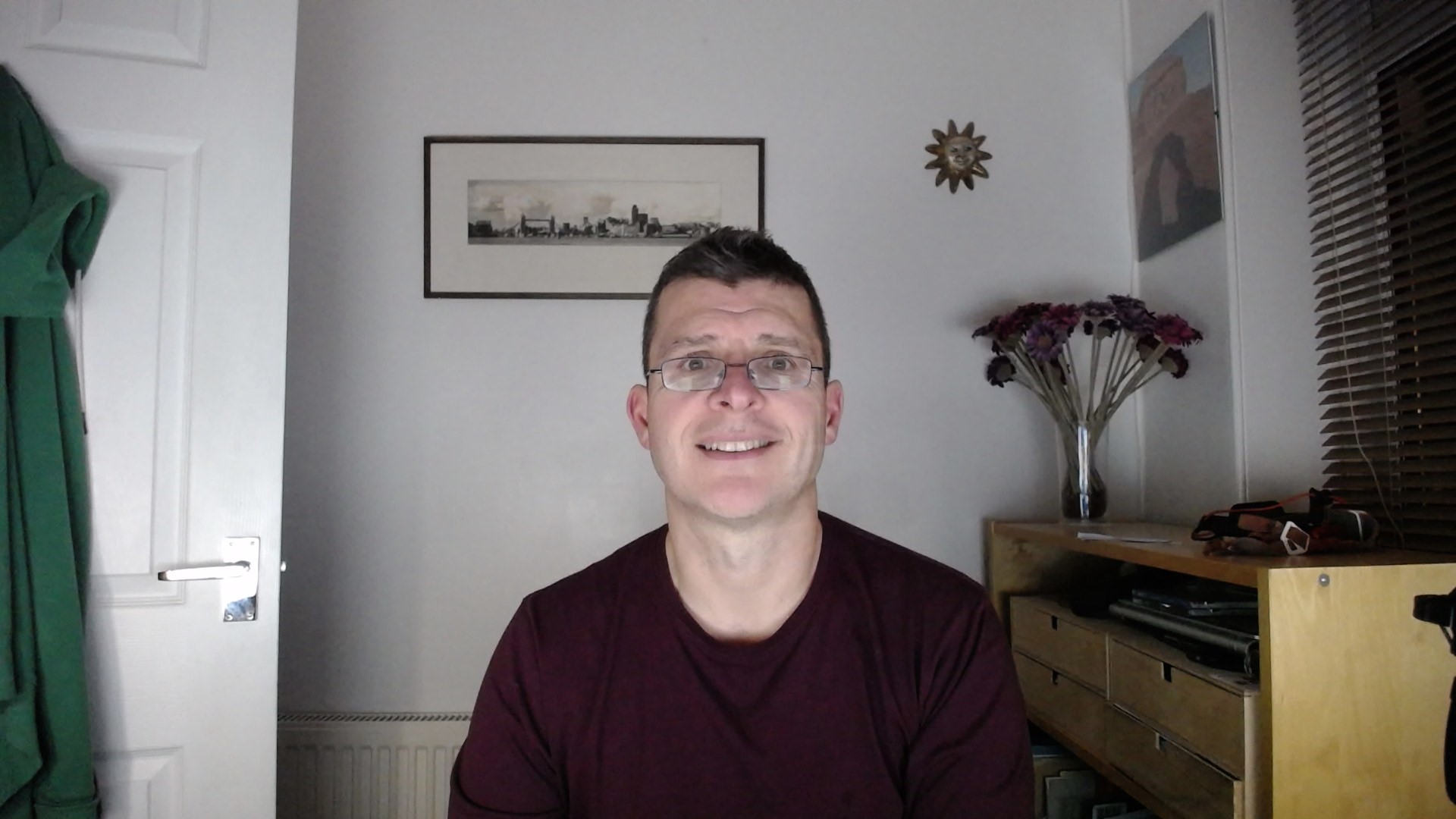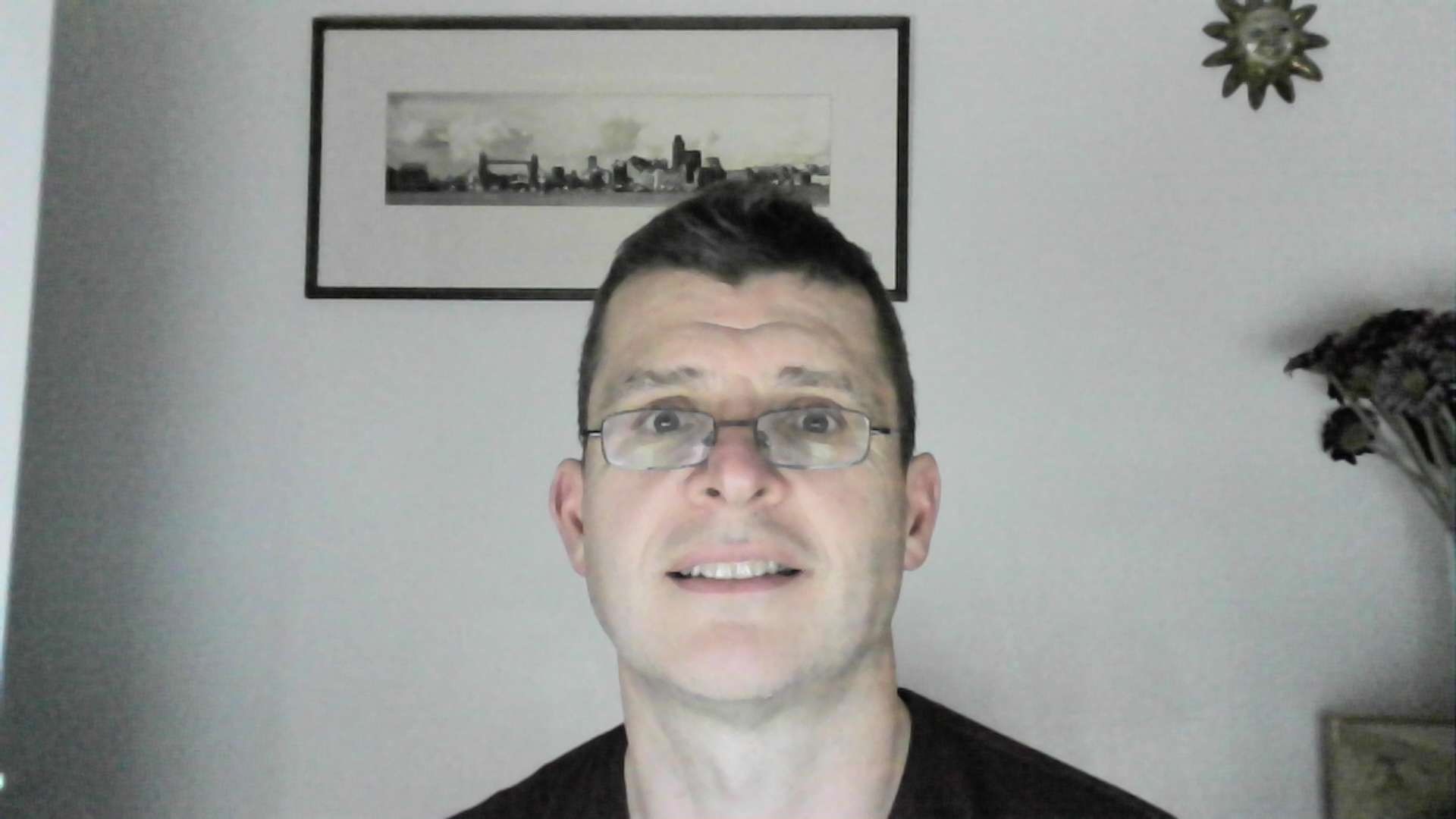Virtually Speaking - Part three
My last blog postings speaking virtually and speaking virtually part two introduced some of tools and tecniques I was using to get through 2020. There’s been a lot of interest in these blog postings, and I have countinued to be facinated by the subject.
This blog introduces my attempts to compare different hardware and see what works best and see what trade offs exist between cost and quality.
Microphones Matter
A lot of people still use laptop microphones, or in a bid to improve quality, try USB headsets. Headsets are useful in an office environment, as they are far less intrusive on others, but I was not convinced the audio quality was so great. Plus, if you speed all day teethered to your desk with a cable and headphones it’s not that comfortable. In our WFH world, having to disentangle headsets every time the doorbell rings with another delivery is a pain. In a bid hear for myself, I set out to record the same sentance in the same room, using default Windows settings to enable a comparision. I’m no audiophile, and certainly no sound engineer. A compentent person could almost certainly improve the quality and an audiophile could accurately critique the failing of the sound. But that is not the point, as I wanted to hear what each option sounded like if you just plugged it in and starting using it.
My observations are (and yours may differ)
- Laptop is OK
- Boom mic sounds “clipped” like an airline pilot and a little quiet
- BT headphones sound good
- Camera microphone is nice and loud with a little echo
- USB microphone has a rich full sound
If I was typing at the same time, the latop microphone would pickup more of that noise by virtue of being nearer. I was suprised that the USB headset didn’t sound as good as I expected, but ultimely the best sound was the USB mic.
Since then, I have taken to using the USB mic as my default audio input, as most Teams and Zoom seem to be able to deal with removal of the other caller to prevent echo and feedback without affecting quality.
Video cameras
I was fortunate to have bought a Logitech c930e in Feburary 2020, before the price went nuts. The camera has served me well across 2020 and beyond, as it has excellent picture quality, works well in most lighting, and as a bonus has a very decent microphone. In the audio recordings above there’s not much to fault about the quality, but other cameras are not so blessed.
With remote schooling resuming in the UK in early 2021 and a greater emphasis on the pupils turning on video by default, we had a need for a camera on our home schooling PC. With high end cameras remaning expensive, I decided in the spirt of expirimentation to buy the cheapest camera I could find on Amazon, and see how it compared with venerated C930e. By placing the two cameras on a monitor and shooting a pair of shots at different light levels, it’s pretty easy to compare.
Low light


Medium light


The most obvious difference is that the field of view on the cheap camera is far, far narrower. For use on top of a monitor rather than a conference room this isn’t really a problem, and may even be to your advantage if your backdrop is not ideal. Under low light the picture may not have been quite so sharp, but depending on bandwidth and video quality this may not be noticable by your audience. Under brighter lighting the picture is actually pretty decent. I found that under weird lighting conditions, when I played around with the Hue lighting in my office, the auto white balance could get confused and do some strange things. But who cares?
In case anybody asks, why is my face lighter in the ‘low light image’? I wondered that myself, before remembering that sitting right in front of me, facing the camera were two large monitors, each outputting a not insignificant amount of light. With the rest of the room darker, the algorithms that determined the overall light level of the image had to balance my well lit face with the rest of the darker room. With more light in the room in the second set of images, this problem went away and the whole image had far less contrast and my face didn’t look over exposed and washed out.
In general, the camera placement at eye level, and the bigger image sensor would produce a better looking picture and a more flattering angle than a laptop. It would be my recommendation that anybody wishing to look their best shouldn’t really be using a laptop camera when a better alternative so inexpensive.